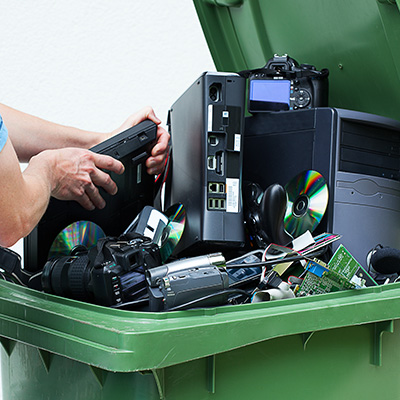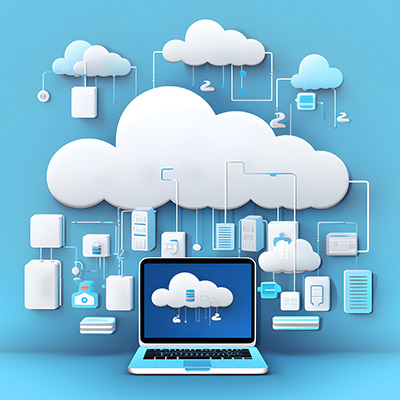Any business that utilizes technology is sure to accumulate wasted materials over time, whether it’s a drawer full of old chargers or a room full of old, outdated workstations. To make sure that they don’t land themselves in a landfill, you should make a conscious effort to recycle and reuse your old technology in some way. Here are some options to consider.
The biggest problems that a business faces are the ones that drain your coffers and cost your business capital. Here are some technology solutions your company can implement to keep inefficiencies from costing your organization needlessly.
Let’s talk a little bit about deepfakes. If you aren’t aware of this technology, deepfakes are essentially synthetic media. Typically they come in the form of videos or images that use artificial intelligence (AI) to replace a person’s likeness with another’s. With deepfake technology, people can convince an audience that a person said something they didn’t say. This deliberate digital subterfuge can bring with it a whole lot of problems. This week we will outline a few of them.
Small businesses create a lot of waste. Fortunately, many are taking responsible steps to ensure that their old technology doesn’t end up in landfills. Let’s explore what small businesses do with their technology once it’s thrown away and how they contribute to a more sustainable future.
It’s an unfortunate fact that cybercriminals are motivated to attack places that contain large volumes of sensitive data, but typically lack the budget or in-house skills to sufficiently protect it. It’s even more unfortunate that this description directly applies to many schools and school systems. Let’s talk about what schools have to offer cybercriminals, and what they need to do as a result.
Businesses can harness the power of technology to streamline various aspects of their operations, including their sales processes. Let’s explore several ways in which businesses can leverage technology to empower their sales teams and achieve greater efficiency.
We know you don’t need to be reminded that the administrative part of your job is one of the more unpleasant bits, at least one of the more boring parts of your work. One task that is particularly dull is creating different folders for all your employees, projects, and organizational needs. Microsoft Excel, however, makes it much easier to handle this mundane task—and you’ll feel like a pro for using it in this way.
Despite its undeniable value, data is incredibly fragile. The loss of critical information can spell disaster for a company, making data backup a paramount concern. In this article, we’ll explore why data backup is so important for businesses and why it should be at the forefront of every organization’s IT strategy.
It’s borderline impossible to conduct any business online without seeing potential threats abound. It also doesn’t help that threats tend to disguise themselves to avoid being detected. Today, we want to share a social media threat that one of our employees discovered while going about their day, and we think even a cautious user could have been fooled by it.
The cloud is an amazing tool for just about any business, allowing for countless benefits that span endless possibilities. However, because it involves the Internet and hosting data in an online environment, there are security challenges that naturally come about as a result of utilizing it. Let’s consider some of the security mistakes that businesses can experience while using the cloud.









